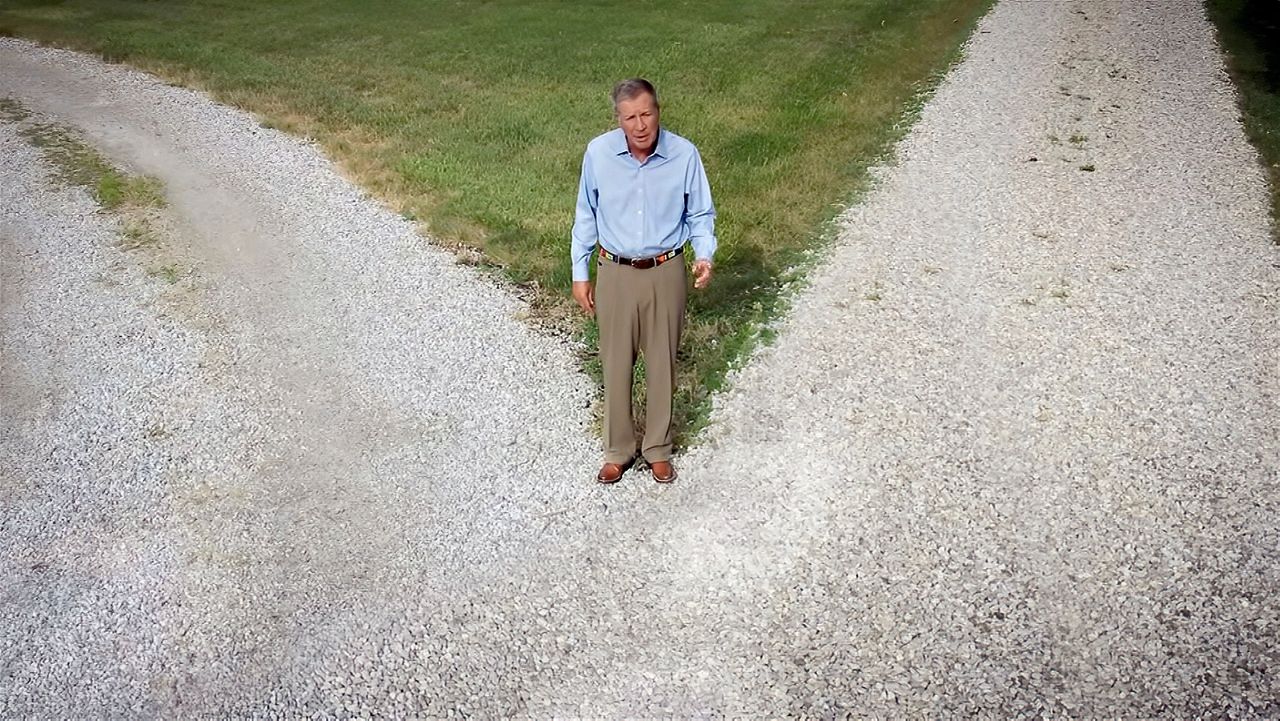MADISON, WI (Spectrum News 1) — One million species of plants and animals are facing extinction across the globe according to a United Nations report released last week. The report points to humans as the cause of threat to the existence of more than 10 percent of living species in the world.
“Just the sheer number of people is helping to drive this rate of extinction,” said Stanley Temple, a professor emeritus of conservation at the University of Wisconsin-Madison and senior fellow at the Aldo Leopold Foundation.
Temple said humans could cause a million species of plants and animals to go extinct in the next few decades for three main reasons: One the sheer number of people, two is the rate of consumption of resources, and three is technologies used to obtain those resources.
“Honestly for anyone that was paying attention that shouldn't have come as much of a surprise because we've been well aware for over 50 years that we were experiencing a terribly accelerated rate of extinction of plants and animals on the planet,” Temple said.
Temple said Wisconsin is in a unique spot. The state lies at the intersection of three major ecosystems of North America — the western edge of deciduous forest, eastern edge of the prairies, catch southern end of northern coniferous forest. So the wildlife Wisconsin has is already likely living at the margin of its ecosystem.
“We see in Wisconsin that a lot of the losses of species from the state are actually species that are sort of disappearing from the fringes of their range and Wisconsin ends up losing them,” Temple said.
One example temple gives of this is wildlife we commonly associate with the Northwoods could move further north and out of Wisconsin. That could be things like the ruffed grouse, several species of warblers and chickadees.
Temple said changes to ecosystems could also mean different wildlife moving in to Wisconsin.
The report and temple largely explain the reason for all of this as ecosystem stress.
“The most obvious of these are probably human generated pollution, which because of our modern technology is now producing more and more chemicals that don't stay put,” Temple said.
The pollution could be in the air from burning fossil fuels or in waterways.
Then there's the problem of invasive species. The UN report also draws attention to humans spreading invasive species, which it says has risen seventy percent per country since the 70's.
“There definitely are new species sill coming in all the time, so we have to be vigilant,” said Natalie Dutack, aquatic invasive species and watershed groups manager for the Wisconsin River Alliance.
Most recently a species of snails from New Zeland have made their way into Wisconsin and could threaten wildlife like trout — though it's too soon to know the full impact of the snail.
“We've already seen with some invasive species when you don't start to manage right away, when you don't realize there's a problem, you can have sometimes catastrophic and sometimes in-manageable impacts,” Dutack said.
Dutack said the New Zeland mudsnail came to Wisconsin from the western United States in 2013 likely from people coming to the area to fish. The River Alliance said that humans are frequently the vehicle transporting invasive species.
“We have to monitor it and just remind everyone to clean their boots after their fishing or their waiters and not spread it anywhere else,” Dutack said.
One of the largest invasive species problems Wisconsin faces is from zebra mussels, which have been threatening to choke out wildlife under Wisconsin's rivers and lakes for years.
There has been some success in stopping the spread of some invasive species. One example Dutack gives is when human efforts to remove foreign grasses from shorelines brought the piping plover bird back to the state.
“There are definitely success stories,” Dutack said. “I will always remain positive.”
Another example of human efforts reviving wildlife activity in an area is at the University of Wisconsin Arboretum in Madison. Researchers were able to restore old farm land into a functioning prairie.
“The University of Wisconsin Arboretum has devoted itself to healing damaged lands, so the example here of ecological restoration is obviously a part of the solution,” Temple said.
Temple says the most important thing people can do is simply be aware of the problems. He says that can create a motivation for people to change habits to be more preservation oriented and make more environmentally conscious decisions about food to eat and ways to get around. Temple said things like making sure your home is properly insulated and using energy efficient appliances.
Ultimately temple says this report should serve as a warning.
“When we look collectively at the damage that is being done and the number of species that are going extinct this should be the classic canary in the mineshaft warning that things are going terribly wrong on the planet,” Temple said.
Approaching it species-by-species may not work when there's a million of them endangered.
“Human beings simply cannot continue as business as usual, there have to be fundamental changes in the way we live on this planet if we're going to coexist with all the other species,” Temple said.
Temple said that means things like rethinking the economy, rethinking the way we gather energy and relying on fossil fuels, and getting the nations of the world to agree on solutions. Ultimately he said humans need to rethink the idea that resources are limitless.
“Those of us in the conservation community have to remain hopeful, and as you know a person who is hopeful knows the odds are stacked agains them, but they continue to do their best to buck the odds, and I think that's what we have to do,” Temple said.
The report also points to over-fishing of oceans as a large reason that the number of species threatened by humans is so high. It reports that a third of the world's fish stocks are overfished.
The report also cites climate changing environments as a large threat for several species. It points to areas of the world becoming too hot, wet or dry for certain species to survive. That includes half of the world's mammals — excluding bats — and almost a quarter of birds habitats that have already been hit hard by global warming according to the report.










